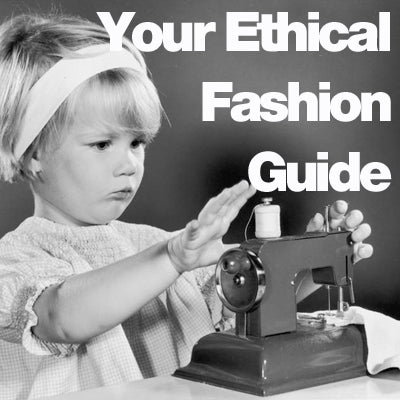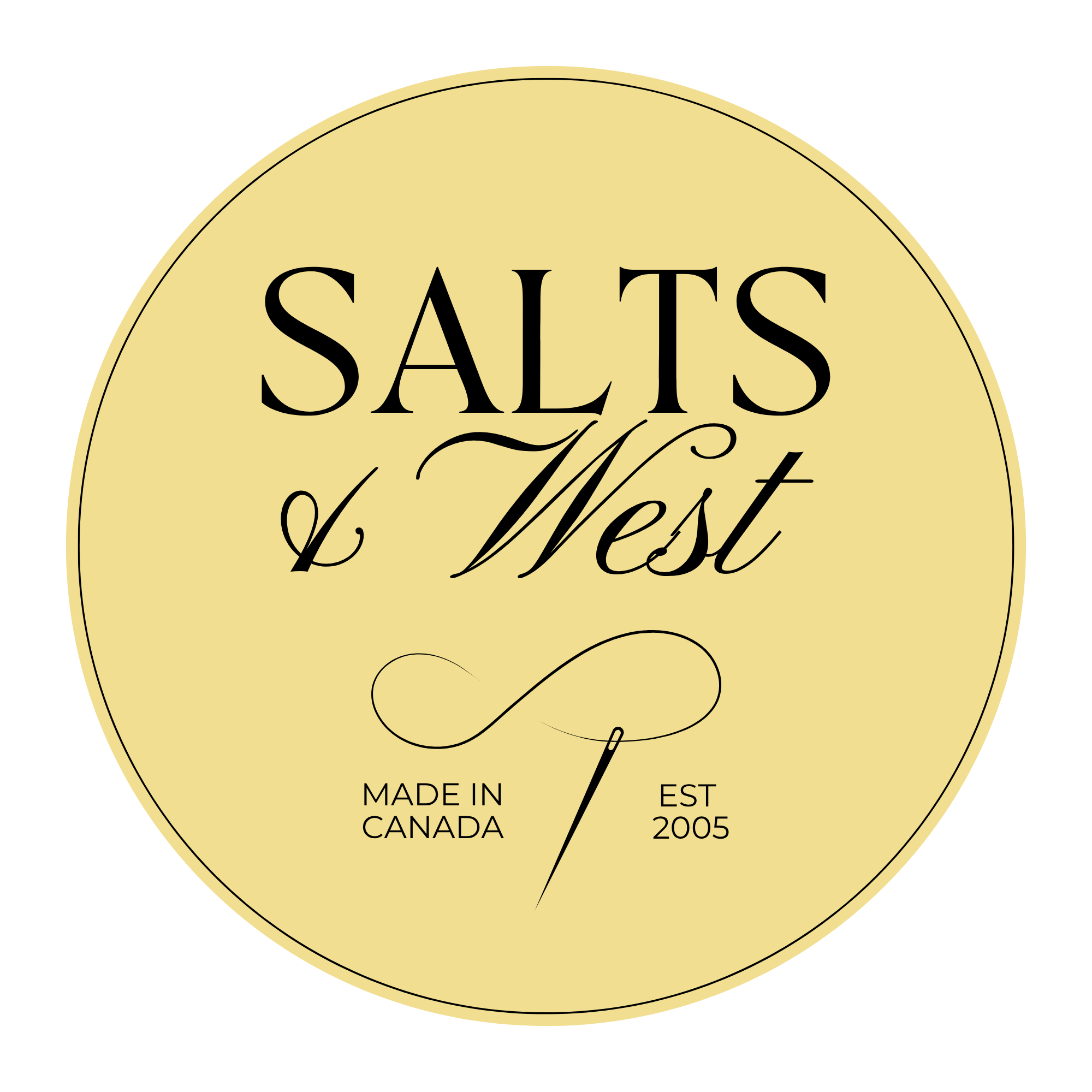
“If you describe something as ethical, you mean that it is morally right or morally acceptable.” -Collins English Dictionary
What is Ethical Fashion? Ethical fashion is a fairly new idea, coming into the light in the last several decades with the new awareness being brought to the mainstream of deadly sweatshops, chemical pollution and child labour. A new era of ethics in fashion has been born with companies and customers craving sustainable and heart-friendly ways to dress. In looking at what makes clothing ethical you can start from the beginning of the process of manufacturing and work you way through to the sale. Unethical practices in factories are not a new trend but the movement of customers now being educated to these problems and wanting better choices when shopping is a growing movement. Follow with me along the design to sale process of a garment and learn about how we can make better clothing with sound ethical standards.
The Fabric.
Fabric is the base of the garment. There are so many good natural choices out there that its fairly easy to avoid synthetic materials. Naturals materials like Organic cotton, Viscose from bamboo (a type of rayon made from bamboo cellulose), Tencel (made from wood pulp), hemp and wool are readily available in most areas. You can even find organic cotton at WalMart if you look hard enough. There are many benefits to natural fibres including breathability and comfort. One thing that many don’t realize about synthetic fibres such as Nylon and Polyester is that these fibres do not biodegrade. This means that ugly 70’s shirt made from 100% poly that your uncle wore will last forever in our ecosystem!
Buyer beware, many companies give generic fabric blends fancy brand names, Luon (trademark of Lululemon) for example is simply Nylon and Lycra. Look on the inside tags (not the paper hangtags) for the actual content of the fabric, labelling requirements by law dictate that it be show clearly on the inside tag.
The Dye.
Fabric dye can be incredibly toxic and nasty. There has been lead found in many clothing products tested in North American from top popular retailers. There are are a few things you can look for when deciding on your next favourite clothing brand, check to see if they use Oeko-Tex certifieddyes or a similar third party tested service. Most brands that use natural fibres also look for non-toxic dyes but ask to be sure. Some great small producers even hand dye with natural materials like clay, turmeric and berries!
Another factor to consider when talking about dyes is the waste water. Some dye houses have a closed loop process, this is important because it means that the dye house recovers its own waste water, treats and reuse it. The alternative process is the waste water goes directly into the environment (major pollution) or to the local waste facility not to be reused.
The Cut and Sew.
Ethical labour issues can be found in the fields where the cotton is grown all the way to the factory and sales floor. Child labour is common third world countries where most mainstream fashion is made. Look on the companies website to see if they have information about their labour process or certificates for safe labour and following labour laws. The best way to be sure your clothing is sweatshop free is to get to know the company and read their company information (usually on their website) or simply ask them about their policies regarding production labour.
Shipping and Waste.
This is an interesting component of fashion production logistics that is often overlooked. Many hope to be more eco friendly by avoiding clothing made overseas. The reality of this for us in Canada is that most of the available fibres at this time are grown overseas. China grows a lot of hemp and bamboo, India is know for cotton, New Zealand has the best wool and Tencel is often made in Europe. The US does still produce cotton but not as widely accessible as other major producers. Most mills in Canada and many in the US use from raw material from these countries. This means that the raw fibre is shipped here first.
The are also very, very few fabric mills still operating in Canada, most fabrics that you have seen in “Made in Canada” garments are actually imported first before being cut and sewn in a Canadian factory. The making of the fabric is over half of the construction process. Once the fabric is shipped here and cut into garment pieces some of it is now waste on the cutting room floor. If the fabric needs to be shipped here (can’t be locally sourced from plant in to fabric) essentially there is more waste and fuel consumption by shipping the fabric separate rather then not producing the entire garment in the same facility.
This of course is some very nit-picky logistics but interesting to consider when looking at the full garment production process. In the meantime, lets hope for some more North American hemp fibre producers in the future! Remember this is the majority and not the rule, there are some great small wool producers in North America that are able to do everything locally, you just have to dig for them!
Sales and Marketing.
This is an interesting area where companies can really go the extra mile to provide extra ethical value to a product. Many clothing brands give back regularly to charity and projects, others use a service like 1% for the Planet to tithe based on their values. At Salts Clothing we lend a portion of every sale to Kiva.org to support Women in Business in Third World Countries, empowering them to provide a healthier future for their families.
There are many great examples of ethical clothing brands giving back to provide value to their products. Get to know a few and they will quickly become your favourite brands.
Laundry.
This is where you come in. The biggest eco-foot print in fashion is actually laundry. Thats not something your local designer or favourite ethical clothing brand can help you with unless your willing to create a few new good habits. Look for Environmentally friendly detergents or make your own (I will post a recipe next week). Avoid using the dryer when you can opting for hang drying instead. Hang drying is great for your clothing, your wallet and the environment. Always wash full loads and use cold water when you can get away with it.
From growing the fibre all the way to the final wash there are so many ways we can tweak our habits to make fashion more ethical and sustainable. My challenge to you is to do a little research on your favourite brands and find out a few of their processes. You may be happily pleased that many companies are taking ethical fashion standards very seriously.





0 comments